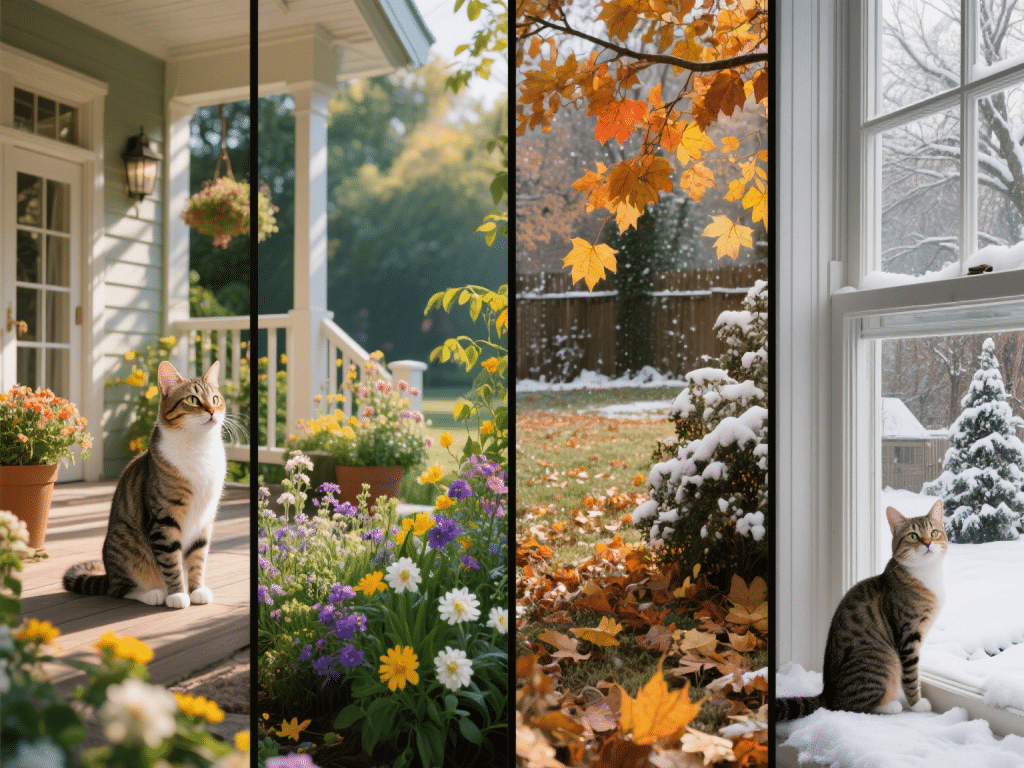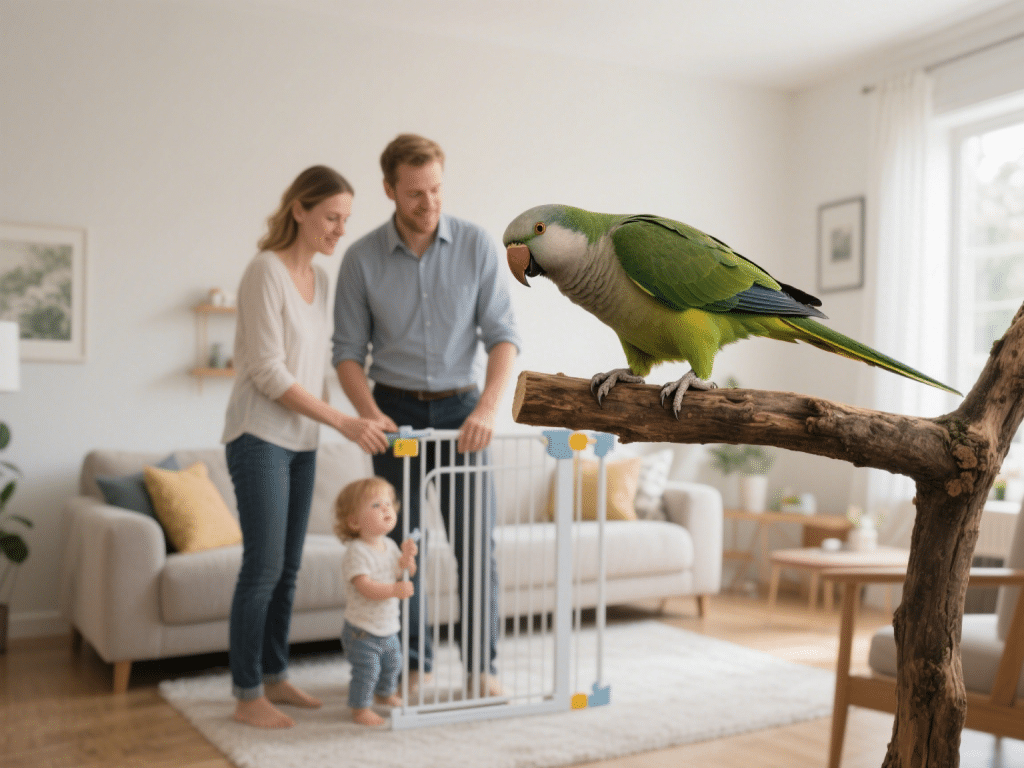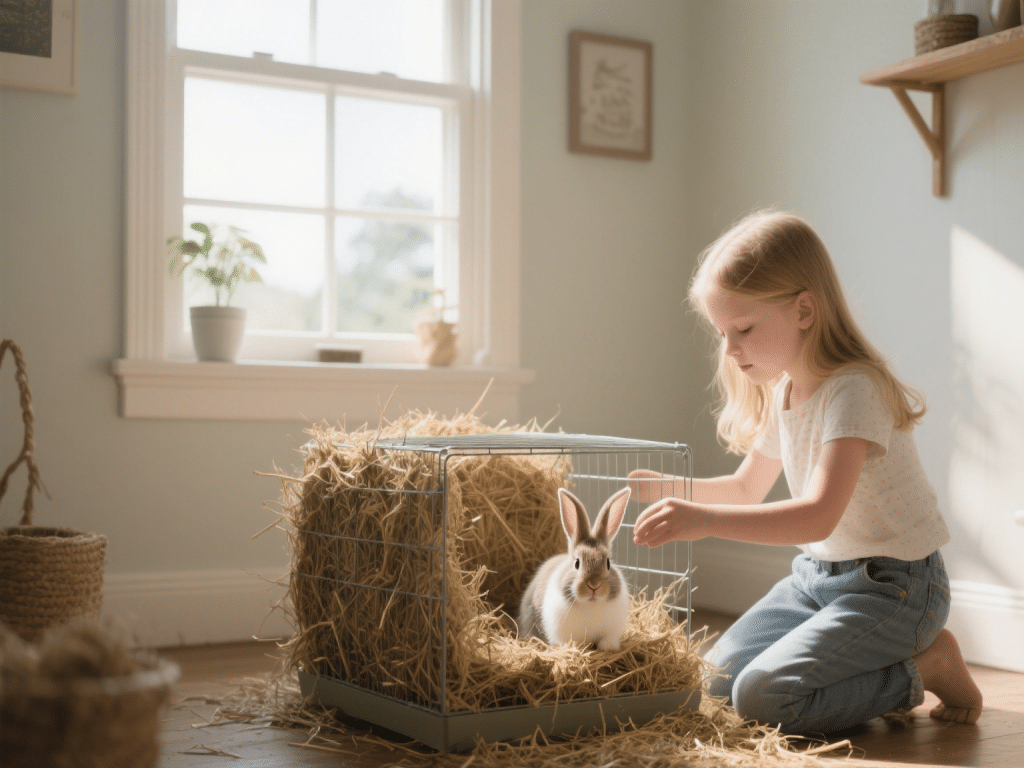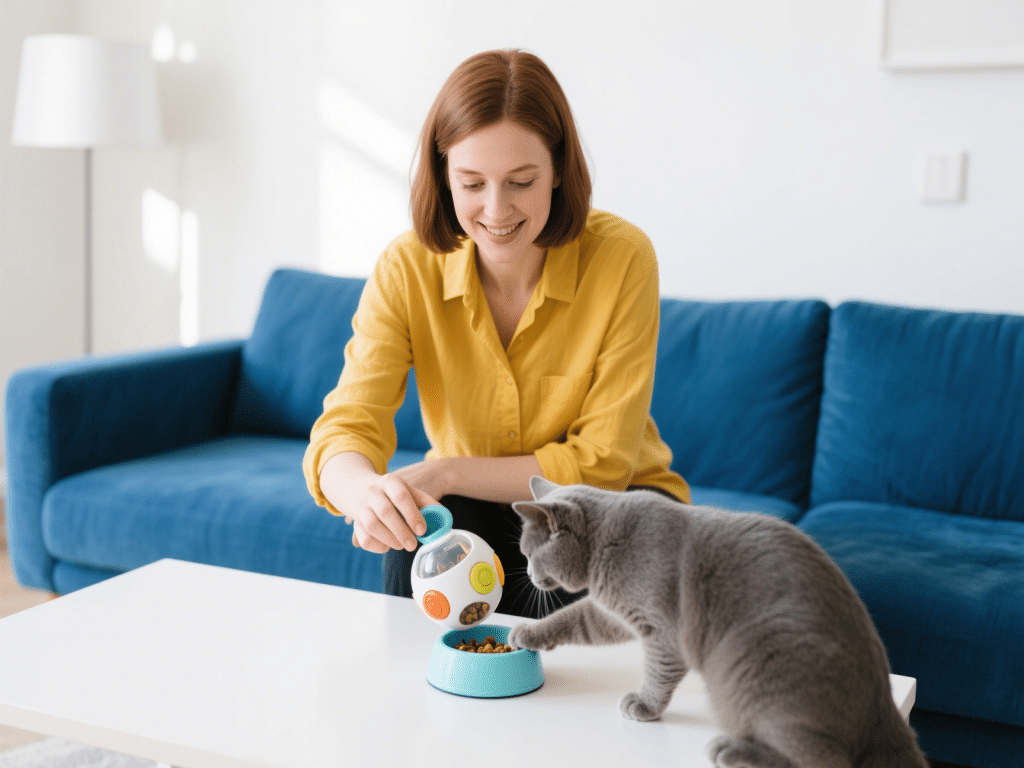
Seasonal Cat Care: Adapting Your Routine for Spring, Summer, Fall, and Winter
Cats may seem indifferent to changing calendars, but seasonal shifts profoundly affect the...
Dog obedience classes provide foundational training critical for canine safety, socialization, and household harmony. Understanding the structure alleviates handler anxiety and maximizes success. Here’s a professional breakdown:
Group Dynamics: Classes typically host 6–10 dogs. Controlled group settings teach focus amid distractions.
Session Length: Weekly 1-hour sessions over 4–8 weeks; consistency is paramount.
Location: Held indoors (training facilities, pet stores) or outdoors (parks, fenced fields).
Foundation Commands:
Session 1–2: Sit, Down, Name Recognition
Session 3–4: Stay, Recall (Come), Leash Pressure
Session 5–6: Heel, Leave-It, Polite Greetings
Impulse Control: “Wait” at doors, food refusal (“Leave-It”), and settling on mat.
Socialization: Supervised exposure to unfamiliar dogs/people, preventing reactivity.
Equipment: Flat collar/harness, 6-foot leash, high-value treats (freeze-dried liver, cheese).
Pre-Class: Exercise your dog lightly; avoid feeding 2 hours prior.
Mindset: Patience. Celebrate micro-successes; dogs read handler frustration.
LIMA-Based: Least Intrusive, Minimally Aversive (LIMA) techniques align with CCPDT/IAABC standards.
Marker Training: Clickers or verbal markers (“Yes!”) precisely time reward delivery.
Proofing: Gradually adding distance, duration, and distractions to solidify commands.
Fearful Dogs: Trainers isolate stressed dogs, use counter-conditioning, or suggest private sessions.
Over-Excitement: “Time-outs” and capturing calmness rebuild focus.
Plateaus: Trainers modify reward schedules or break skills into smaller steps.
Homework: Daily 5–10 minute practice sessions reinforce skills.
Generalization: Practice commands in new locations (park, backyard, patio).
Next Steps: Recommendations for advanced classes (Canine Good Citizen, agility, therapy prep).
Q: Can older dogs benefit?
A: Absolutely. Mature dogs learn effectively; classes adapt pace for physical limits.
Q: What if vaccinations aren’t complete?
A: Reputable facilities require proof of core vaccines or use elevated, sanitized training tables.
Q: How to choose a qualified trainer?
A: Verify CCPDT, KPA, or IAABC certifications; avoid dominance-based “alpha” methods.
Key Takeaways: Obedience classes build communication through positive reinforcement, socialization, and structured skill progression. Handler engagement determines 70% of success—consistency transforms training into reliable behavior. Post-class maintenance ensures lifelong reliability, reducing surrender risks by 86% .

Cats may seem indifferent to changing calendars, but seasonal shifts profoundly affect the...

For indoor‑outdoor cats or those with secure enclosures, a well‑designed garden can be...

With years of rabbit rescue volunteering under my belt, I’ve seen firsthand how a lack o...

Pet birds bring color, song, and intelligence into our homes—but their curious nature an...

Rabbits possess open-rooted teeth that grow continuously—essential for their survival bu...

IntroductionCats are inherently curious and intelligent animals. Left to lounge all day wi...
Comments on "What to Expect in Dog Obedience Classes: A Complete Overview" :